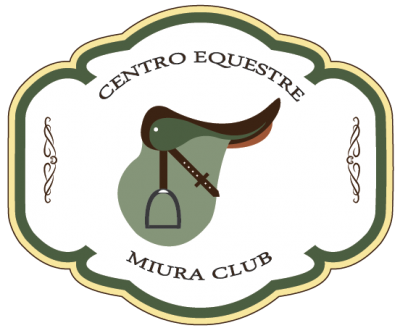 Particular attention The C.E.M. C. places inrecreational activities-training reserved for younger.
Particular attention The C.E.M. C. places inrecreational activities-training reserved for younger.
The riding has the distinction of being a sports discipline in which the child is asked not only to learn a technique, but to relate to a living being endowed with will and their character with whom, inevitably, is called to establish a relationship not only physical but also empathetic, based on mutual trust.
The lessons in the field and even before team-practices with a view to pedagogical path, training and educational- bring your child to the progressive acquisition of security and sense of responsibility: a large animal such as a horse depends on the care and the attention of little Knight.
The equestrian practice brings great benefits by improving posture, muscle (exercising your back to remain perfectly built), developing back muscles and toning the muscles of the legs and buttocks. Dexterity also stimulates, coordination and sense of balance: the child benefit the horse's movements and keep moving the Centre of gravity and is therefore urged to make increasingly precise actions.
 School age-between six and eight years- It is ideal to start your child on the equestrian practice, While a first approach with the horse may have already in preschool, around the 3/4 years. In the latter case, though, will be more highlighted the fun aspect of the activity: the horse will be presented at small as a Playmate, a friend with whom to spend peacefully some time.
School age-between six and eight years- It is ideal to start your child on the equestrian practice, While a first approach with the horse may have already in preschool, around the 3/4 years. In the latter case, though, will be more highlighted the fun aspect of the activity: the horse will be presented at small as a Playmate, a friend with whom to spend peacefully some time.
It prefers in this case a pleasant half-hour than the usual hour lesson: the very young age of minor Knights leads them to have a threshold of attention labile and engage them too long would be not just wrong, but counterproductive as boring and we obtain a general rejection.
In order to make it as pleasant as possible and each training lesson, are intended for horses of proven reliability and experience, with the gentleness and tolerance needed to support (and bear) the young and very young riders.
